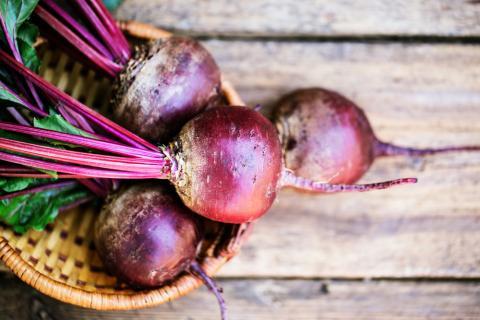
Wasted food is rapidly filling landfills all around the country. Did you know that some states like Vermont are implementing stricter restrictions on the amount of organic waste that can be sent to the landfill? Being mindful of how to avoid excessive food waste (or working to produce none at all!) is an essential practice for every member of this global community.
Much like the nutritional Food Pyramid, the Food Waste Pyramid offers a visual to better understand what it means to minimize food waste.
Here is a summary of how food “trickles down” the food waste pyramid, beginning with:
the SOURCE of food: reduce the amount of food you buy
then
feed extra food to hungry PEOPLE
then
feed that surplus food to ANIMALS
then
turn food byproducts into INDUSTRIAL USES
then
create COMPOST to recycle food into soils
then
resort to adding food to the LANDFILL
Every little bit counts when it comes to minimizing food waste. My personal resolution in 2019 has been to find ways to use up or recycle any amount of food possible. It may mean that some becomes compost (like eggshells and coffee grounds), but there are plenty of ways to use food products that may otherwise end up going in the garbage or down the drain.
This bright beet dressing is inspired by my commitment to find ways to use up or reuse consumable items in novel ways. I made a batch of pickled beets in the fall, and at the end of the last jar, saved the pickling juice. As it is primarily composed of vinegar and sugar with some mild spices, it makes the perfect base for a dressing that may otherwise use balsamic or another type of vinegar. And, it brings a beautiful color to any dish—salad or otherwise.
Pickled Beet Dressing
Nearly any dressing can be made using a 3:2:1 ratio method. The 3 in the formula is always the oil, or fat, of choice; the 2 is always the vinegar, or acid; the 1 is always the emulsifier, or agent that creates a cohesively blended mixture. In a traditional French vinaigrette, the emulsifier is always Dijon mustard. Sugar is also a type of emulsifier. Salt and pepper are for personal flavor preference. Other spices, seeds, or herbs may always be added for extra flavor. (Try a dash of curry, poppy seeds, or chives in a dressing you design!)
Ingredients
- 3 Tablespoons olive oil
- 2 Tablespoons pickled beet vinegar/brine
- 1 Tablespoon Dijon mustard
- optional: 1 teaspoon maple syrup, agave, honey, or other sweetener
- salt and pepper, to taste
Directions
- Add all ingredients and mix/whisk/shake to combine.
- Serve with a salad or with steamed or roasted vegetables.
Here is another 3:2:1 dressing recipe I love, introduced to me by a friend.
Anna’s 3:2:1 Dressing
Ingredients
- 3 Tablespoons olive oil
- 2 Tablespoons balsamic vinegar
- 1 Tablespoon soy sauce
- 1-2 cloves diced raw garlic
- optional: 1 teaspoon maple syrup, agave, honey, or other sweetener
- salt and pepper, to taste
Directions
- Add all ingredients and mix/whisk/shake to combine. This dressing is much thinner because it does not contain much of an emulsifying agent. If you would like to make this a thicker dressing, adding a tablespoon of either Dijon or a chosen sweetener should do the trick. Enjoy!








